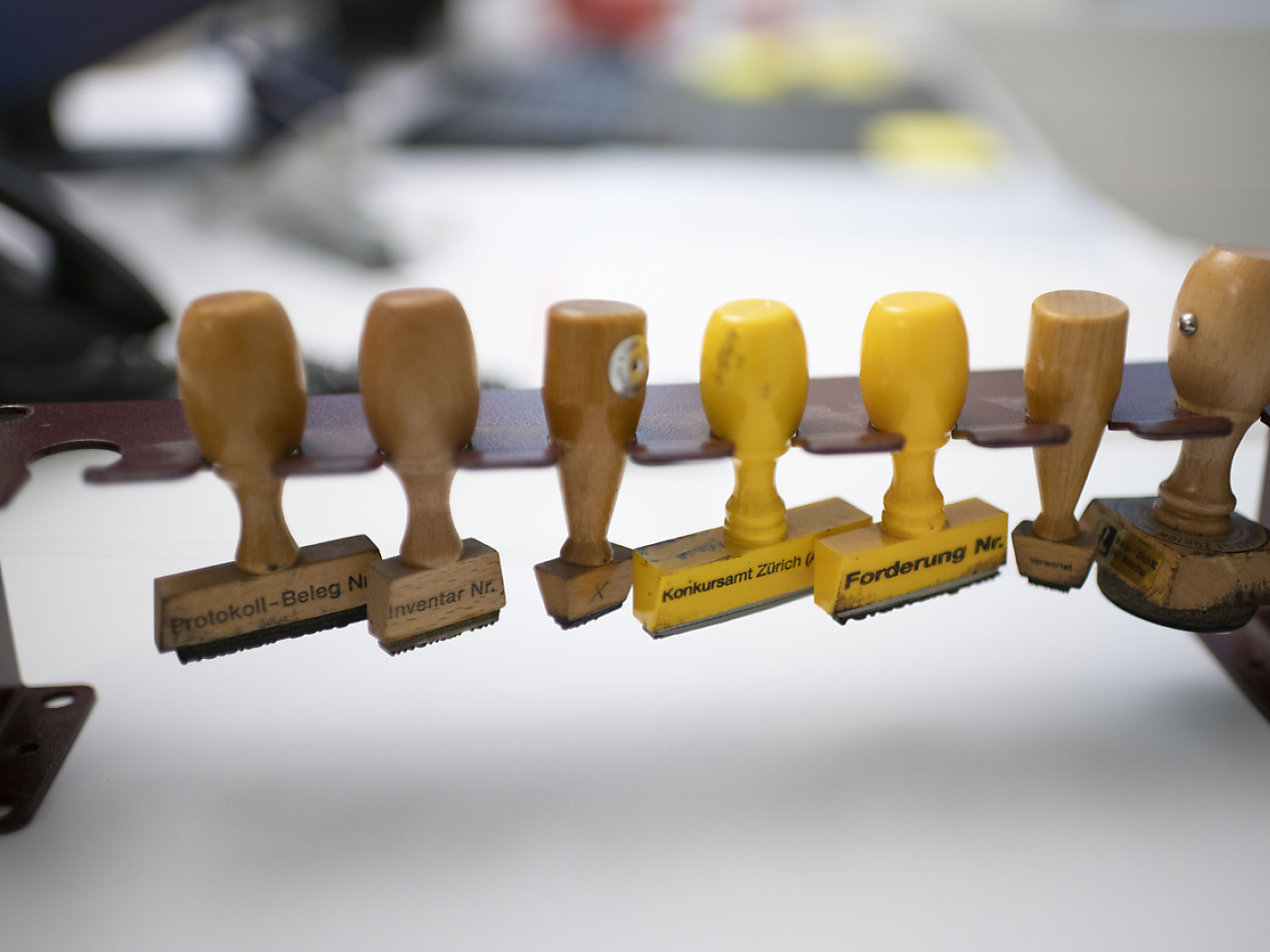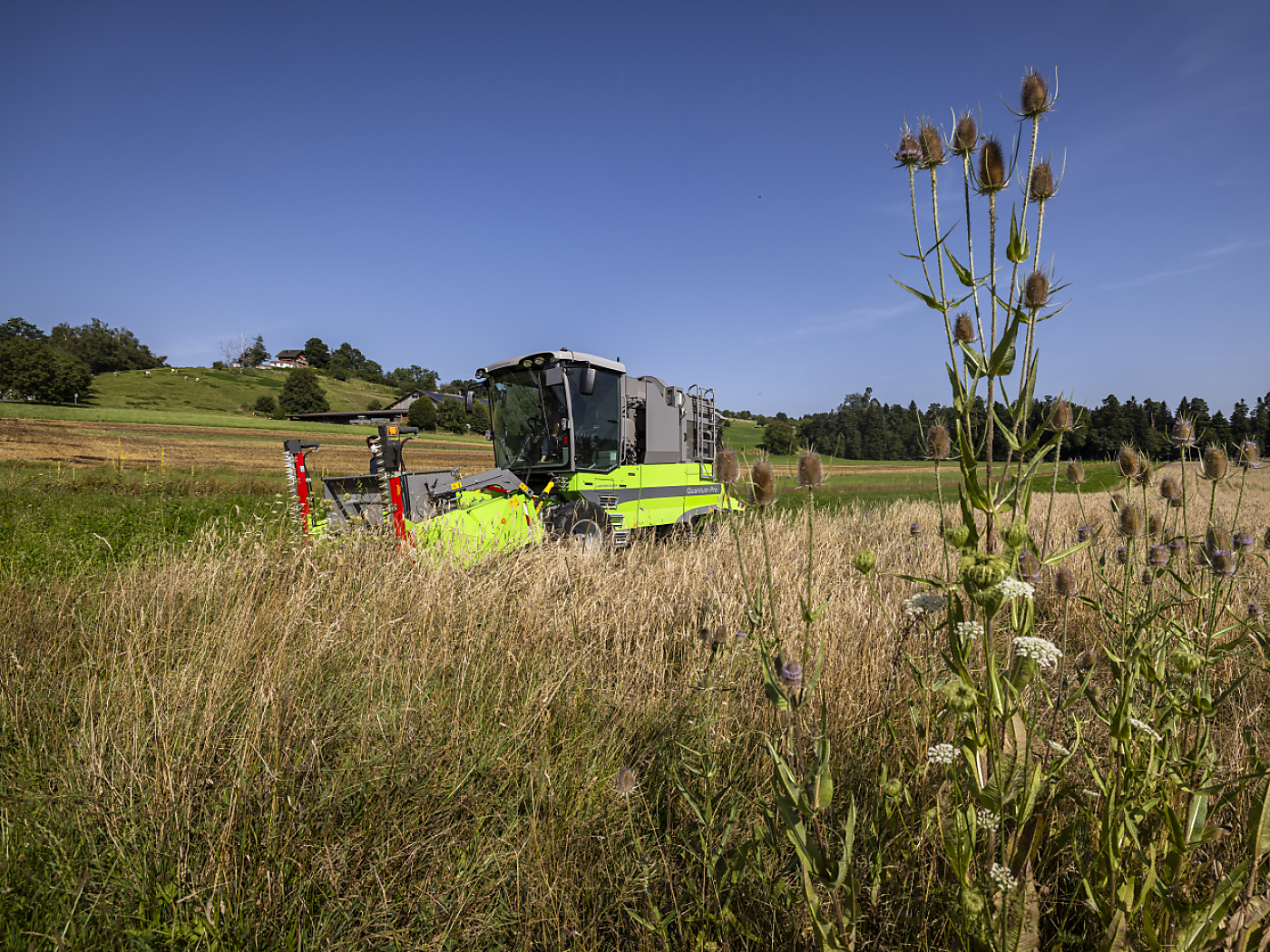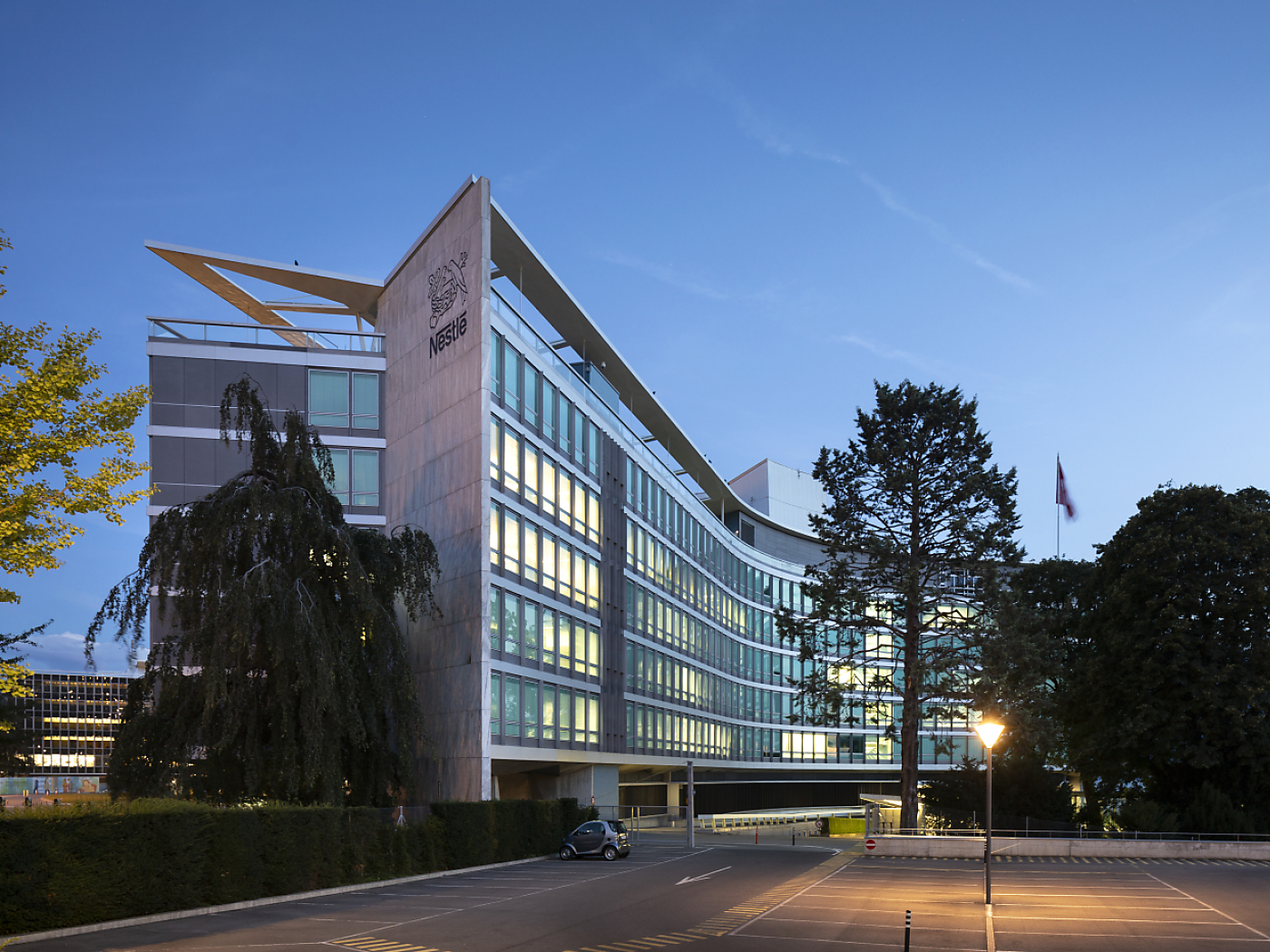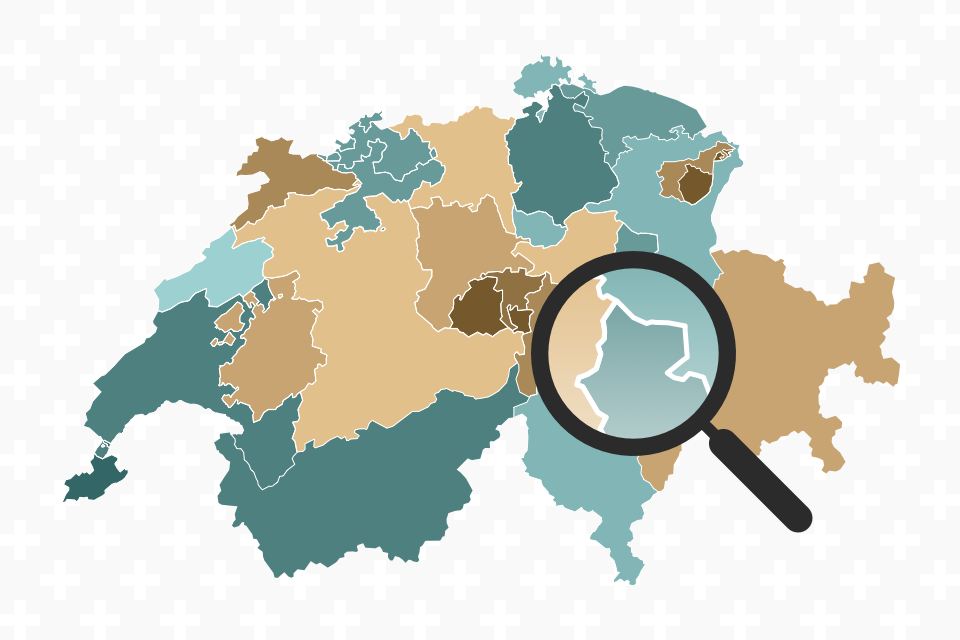Swiss government outlines proposal to fund ‘13th month’ pension rise

The Swiss government has outlined its plan to finance the 13th month pension payment initiative, which was approved by a majority of Swiss voters on March 3. It will be paid once a year and will be funded by a rise in employee contributions and, possibly, a rise in value-added tax (VAT), the Federal Council said on Wednesday.
The 13th pension payment initiative, launched by Swiss trade unions, was accepted by over 58% of Swiss voters on March 3, 2024. It is due to come into force in 2026. It is estimated to cost CHF4.2 billion ($4.6 billion) that year. Five years later, this will rise to CHF5 billion, of which the federal government will pay around CHF1 billion.
+ Swiss vote: ‘yes’ to higher pensions, ‘no’ to retiring later
Without additional measures, the old-age and survivors’ (OASI) state pension scheme, which currently has CHF48 billion in its coffers, will be in the red from 2037, the authorities say. The distribution result will be negative from 2026.
In order to secure the OASI’s finances, the government is therefore planning additional funding from 2026. Two options are on the table: either an increase in employee contributions of 0.8 percentage points or a parallel increase in employee contributions (0.5 percentage points) and a 0.4 percentage point rise in VAT.
+ ‘Political earthquake’: papers react to Swiss pension vote
At the same time, the Federal Council plans to reduce the federal government’s contribution from 20.2% to 18.7% from January 2026 until the new reform comes into force. This reduction is dictated by the tight financial situation of the federal authorities, Interior Minister Elisabeth Baume-Schneider pointed out. The federal contribution will still amount to CHF11 billion in 2026.
To compensate for this reduction, two options are being considered. One is to take from the OASI fund, the other is to generate additional revenue via employee contributions and VAT.
All of these options ensure that the OASI will remain at around 100% capacity until the early 2030s. The level falls more sharply from the mid-2030s.
“The Federal Council is aware of the impact of these solutions on salaries,” said Baume-Schneider. But this is in line with the OASI principle of solidarity and, in the event of a rise in VAT, allows the additional burden to be spread across the population as a whole, including pensioners.
A revision for the end of 2026
The Federal Council recalls that the timetable for implementing the 13th pension payment is tight. The interior ministry must present a draft by this summer. Parliament will then be able start examining the matter in the autumn. The new funding options proposed are those that can be implemented as quickly as possible, said Baume-Schneider.
At the same time, the Federal Council is already working on the new OASI reform for the years after 2030. The financial challenges are considerable. On the one hand, the number of pensioners is growing faster than the number of working people. Meanwhile, life expectancy is rising and pensions are being paid out for longer.
Measures such as raising the retirement age and other funding options will be examined as part of the new reform. The minister also points to ideas that have already been put forward, such as an inheritance tax, a tax on financial transactions or an increase in federal taxes.
The cantons could also be called upon. Their tax revenues will be higher. But all these solutions need more time to be studied, said Baume-Schneider.
Adapted from French by DeepL/sb
This news story has been written and carefully fact-checked by an external editorial team. At SWI swissinfo.ch we select the most relevant news for an international audience and use automatic translation tools such as DeepL to translate it into English. Providing you with automatically translated news gives us the time to write more in-depth articles.
If you want to know more about how we work, have a look here, and if you have feedback on this news story please write to english@swissinfo.ch.

In compliance with the JTI standards
More: SWI swissinfo.ch certified by the Journalism Trust Initiative






















You can find an overview of ongoing debates with our journalists here . Please join us!
If you want to start a conversation about a topic raised in this article or want to report factual errors, email us at english@swissinfo.ch.